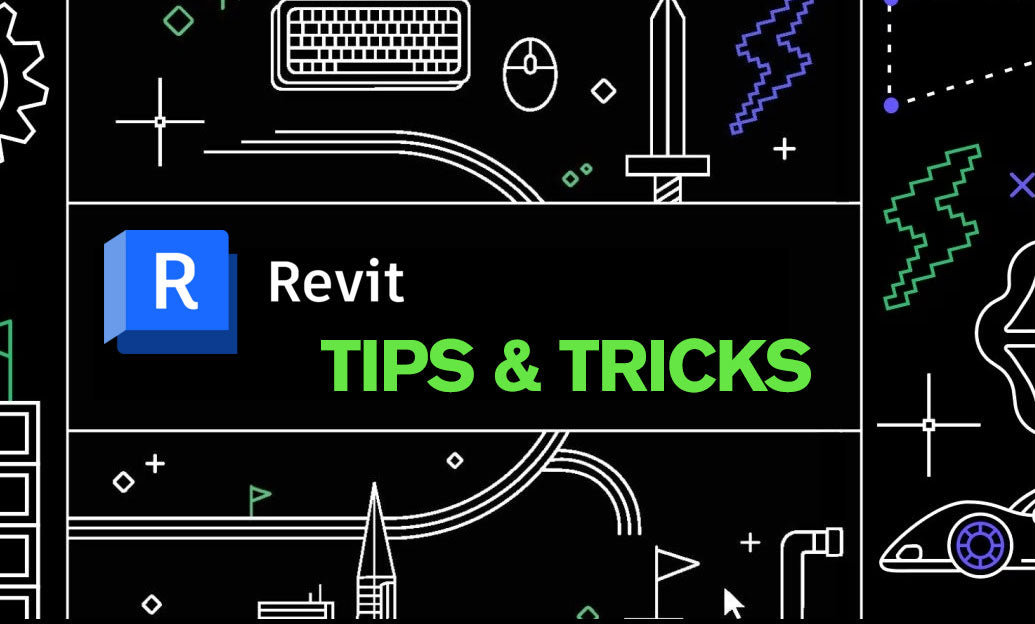Your Cart is Empty
Customer Testimonials
-
"Great customer service. The folks at Novedge were super helpful in navigating a somewhat complicated order including software upgrades and serial numbers in various stages of inactivity. They were friendly and helpful throughout the process.."
Ruben Ruckmark
"Quick & very helpful. We have been using Novedge for years and are very happy with their quick service when we need to make a purchase and excellent support resolving any issues."
Will Woodson
"Scott is the best. He reminds me about subscriptions dates, guides me in the correct direction for updates. He always responds promptly to me. He is literally the reason I continue to work with Novedge and will do so in the future."
Edward Mchugh
"Calvin Lok is “the man”. After my purchase of Sketchup 2021, he called me and provided step-by-step instructions to ease me through difficulties I was having with the setup of my new software."
Mike Borzage
V-Ray Tip: Enhancing Realism with Neon Light Materials in V-Ray: A Comprehensive Guide
January 09, 2025 2 min read

Creating realistic neon light materials in V-Ray can greatly enhance the vibrancy and appeal of your renders. By carefully adjusting material properties and leveraging V-Ray's advanced features, you can achieve stunning neon effects that stand out.
- Use Emissive Materials: Start by creating a V-Ray material with high emission values. Set the emission color to the desired neon hue and adjust the intensity to simulate the glow of neon lights.
- Adjust Reflection Settings: Neon signs often have reflective surfaces. Increase the reflection weight and adjust the glossiness to create a subtle mirror effect that complements the emissive properties.
- Incorporate V-Ray Light Types: Utilize V-Ray Light Tubes or V-Ray Area Lights to simulate the light emission from neon tubes. Position these lights accurately to match the geometry of your neon signs.
- Add Glare and Bloom: Enhance the realism by applying glare and bloom effects. These post-processing techniques can mimic the scattering of light, making the neon lights appear more vibrant and dynamic.
- Utilize V-Ray Frame Buffer: Take advantage of the V-Ray Frame Buffer for better image management. It allows for real-time adjustments to the glow and emission settings, ensuring your neon materials achieve the desired look.
- Optimize Render Settings: To prevent excessive noise in your neon renders, fine-tune the render settings. Adjust the sampling rates and use the V-Ray Denoiser to maintain clarity without compromising quality.
- Leverage Texture Maps: Incorporate texture maps for added detail. Using bump or normal maps can simulate the irregularities in neon tubing, enhancing the overall realism of the material.
- Collaborate with Experts: For advanced techniques and optimized workflows, consider resources from NOVEDGE. Their extensive tutorials and professional support can help you master neon material creation in V-Ray.
- Experiment with Color Variations: Neon lights come in various colors and intensities. Experimenting with different color palettes and emission strengths can help you achieve the perfect ambiance for your scene.
- Test in Interactive Rendering: Utilize V-Ray IPR (Interactive Photorealistic Rendering) to see real-time updates as you tweak material properties. This feature allows for efficient adjustments and ensures that your neon materials perform well under different lighting conditions.
By following these strategies, you can create compelling and realistic neon light materials in V-Ray that elevate the visual quality of your projects. For more in-depth tutorials and professional guidance, visit NOVEDGE and explore their comprehensive resources tailored for V-Ray users.
You can find all the V-Ray products on the NOVEDGE web site at this page.
Also in Design News

ZBrush Tip: Maximizing Precision and Efficiency with ZBrush's Trim Adaptive Brush
January 09, 2025 2 min read
Read More
Revit Tip: Enhance Revit Workflow with Optimized Graphic Display Settings
January 09, 2025 2 min read
Read MoreSubscribe
Sign up to get the latest on sales, new releases and more …



